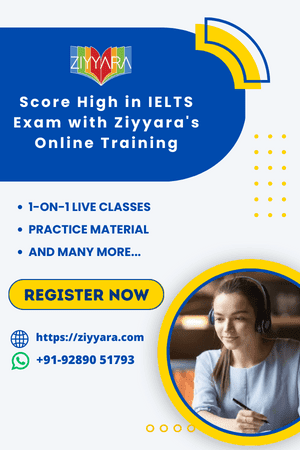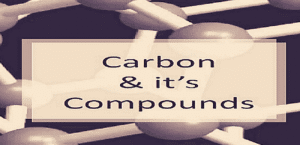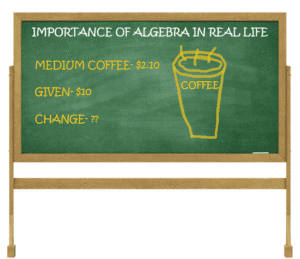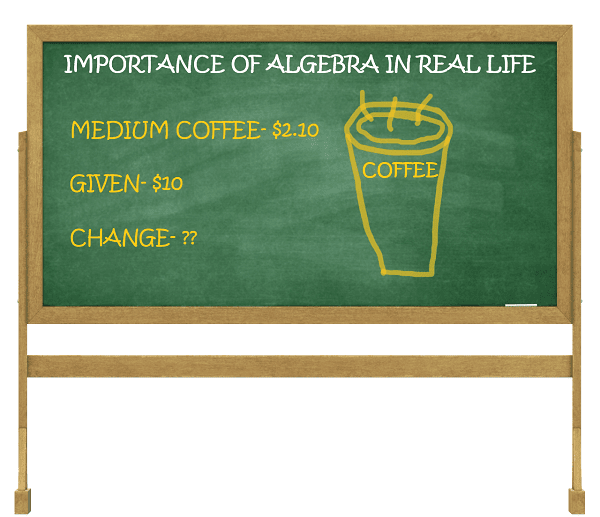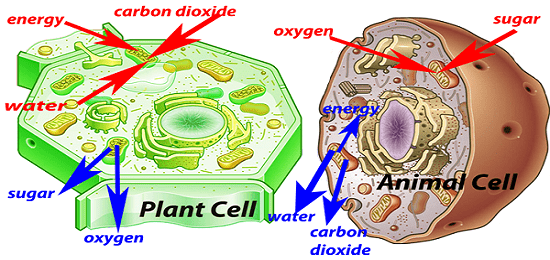
Book Your Free Demo Now!
Top 50 Questions of Plant and Animal Cell
Questions: 1. Describe Cell?
Answer: A cell is a fundamental base of any life and everything, a functional unit of life of anything and living or non- living.
Question: 2. Which organelle would you not find an animal cell and why do they need it?
Answer: Chloroplast is the organelle that we find in plant cells but not in the animal cell. It works as a food making machine because it has chlorophyll (a substance that makes plants green) which converts sunlight energy into sugar or chemical energy which is used by the plant.
Question: 3. Name the organelles, which help provide cells with energy and release energy?
Answer: Mitochondria and chloroplast, they help in reproducing energy in the cell and the second one allows the energy to be used in creating glucose.
Question: 4. Mitochondria is known as…?
Answer: Powerhouse of the cell.
Questions: 5. Lysosomes’s other name is…?
Answer: Suicide bags or digestion house of the cell.
Questions: 6. Which organisms possess cell walls?
Answer: Plant cell possesses the cell wall to shape it in rectangle or square.
Questions: 7. Write about the Cell Wall?
Answer: It is a flexible layer around the plant cell like a covered shell. It is toughand rigid.
Question: 8. Explain the work of lysosomes.
Answer: These organelles are full of hydrolytic enzymes which help in breakdown of material in the digestion process with biomolecules, that is why these are called digestion of the cell also.
Question: 9. Write the name of some features of cell structure?
Answer: There are many things in a cell which performs different works. Such as,
• Plasma
• cell wall
• Nucleus
• Nucleolus
• Cytoplasm
• Organelles
• Cytoplasmic Organelles
• Endoplasmic Reticulum
• Plastids
• Vacuoles
• Golgi apparatus
• Lysosomes
• Mitochondria
Question: 10. How many types of organisms are present?
Answer: Two types of Organisms:
1. Unicellular Organisms
2. Multicellular Organisms
Question: 11 What is an organism?
Answer: When a bunch of cells grouped together to form tissues then formed in organs for different functions, at last we find a system of function of different organs in a body together which is known as an organism.
Question: 12. What do you mean by unicellular organisms?
Answer: Single cell organisms are called unicellular organisms.
Question: 13. What are the categories of unicellular organisms?
Answer: There are two categories of Unicellular organisms.
1. Prokaryote
2. Eukaryote
Question: 14. Write some properties of prokaryotic unicellular organisms.
What are prokaryotic unicellular organisms
Answer: These organisms have some properties which are following:
• Utilize quite enough range material for Metabolism, including Sulphur cellulose, and ammonia.
• They exists in surrounding very easily
• We cannot see them by naked eyes
For example; Bacteria and archaic
15. What are eukaryotic unicellular organisms? Give some examples.
Answer: They are organisms with special organelles in which they can perform their metabolism. Like Mitochondria and Chloroplasts have bacterial origins but also have their own set of DNA and Bacteria like Ribosomes.
For example; Protozoa, Unicellular algae and unicellular fungi, etc.
Question: 16. Write some Features of cells.
Answer: Following are the features of cells:
1. Plasma: It is the pipe of a cell, through which passing going and coming of material takes place.
2. Cell Wall: It is the outermost wall of a cell which protects cells from the external cells.
3. Nucleus: It contains the Genetic properties of a cell which is fundamental to any cell.
4. Plastids: it changes the reaction processes with the help of chlorophyll.
6. Mitochondria: these are biochemical processes of respiration and energy production occur.
Question: 17. Full form of ATP?
Answer: Adenosine triphosphate, an energy reactor.
Question: 18. What is the other name of plasma?
Answer: Membrane or cell membrane
Question: 19. Can you name some functions of Plasma?
Answer:
1. It support structural base
2. works as a sender of material from outside to inside or vice-versa, act as receptor sites
3. Carrier of molecules
4. Provide information of identification markers
5. It creates “diffusion” of water and gases in both cells like hypotonic solution, isotonic solution and hypertonic solution.
Question: 20. What are two types of endoplasmic reticulum?
Answer: There are:
1. RER : Rough Endoplasmic Reticulum
2. SER : Smooth Endoplasmic Reticulum
Question: 21. Write the full form of DNA.
Answer: Deoxyribonucleic acid

Question: 22. Write the full form of RNA
Answer: Ribonucleic acid
Question: 23. Explain nucleus.
Answer: Nucleus is the fundamental base of the cell and has chromatic thread-like structures which contain DNA.
Question: 24. Describe a nuclear membrane.
Answer: Nuclear membrane has outer double layer which are as follows:
1. Chromosomes
2. Nucleotide
Question: 25. What is Chromosome?
Answer: They are rod-like structures, containing DNA and protein.
Question- 26. What is Nucleotide?
Answer:The part of the nucleus in which nucleic acid is present is called Nucleotide.
Question:27.What is Cytoplasm?
Answer: Cytoplasm refers to “cyto” means cell and “plasm” means liquid, the liquid which is present in a cell is called cytoplasm. It is a mixture of water, salt, and protein. Organelles each of these perform specific activity for the cell. Their arrangement of fine fibers in a complex situation.
Question:28. Explain the function of cytoplasm.
Answer: It works:
1. cellular expansion
2. growth and replication by diffusion.
Question: 29. What is organelles?
Answer: Some specific components in a cell , which performs different functions are called organelles. For example: mitochondria, ribosomes, endoplasmic reticulum, golgi apparatus and lysosomes.
Question: 30. What is Golgi Apparatus?
Answer: It is a connector of things or products which are present in a cell to Endoplasmic Reticulum, therefore moving from one side to another. It acts as storage, modification and packaging of products in vesicles.
Question: 31. Give reasone for suicide bags to be called?
Answer: The work of lysosome is to clean the cell from inside by elimination of wastage. During these alterations in a cell’s metabolism When a cell is damaged, lysosomes can explode and enzymes digest their own cells. So, these are called “suicide bags”.
Question: 32. Distinguish between the plant and animal cell.
Answer:
| Parts of cell | Plants cell | Animal cell |
|---|---|---|
| Cell Structure | Rectangular or Square | Irregular and mostly round |
| Cell Wall | Present | Absent |
| Centrosomes | Absent | Present |
| Plastids | Present | Absent |
| Vacuoles | Large sized (50% -90% covering in centre) | Small sized |
| Cilia | Absent | Present |
Question: 33. Write some similarities of plant cell animal cell.
Answer:
| Parts of cell | Plants cell | Animal cell |
|---|---|---|
| Plasma membrane | Present | Present |
| Endoplasmic reticulum | Present | Present |
| Lysosomes | Present | Present |
| Nucleus | Present(lies On side of the cell) | Present(lies in the side of centre of cell |
| Golgi apparatus | Present | Present |
| Cytoplasm | Present | Present |
| Ribosomes | Present | Present |
| Mitochondria | Present (innumerous) | Present in numerous |
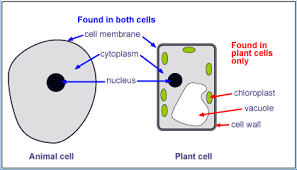
Question: 34. What is the difference between a cell wall and cell membrane?
Answer: Cell membrane is outer membrane and fragile It controls the passage of coming and going out of the cell. The plasma membrane is made up of phospholipid bilayer, embedded proteins and some carbohydrates. On the other side, Cell wall is generally permeable, it is non-living and quite thick in plant cells, it is formed of cellulose, hemicellulose and pectin, and which supports and protects the membrane.
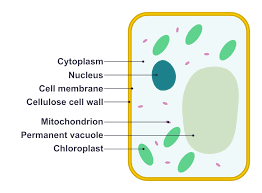
Unlock Expert Guidance – Book Help Now!
Avail now by providing the below details
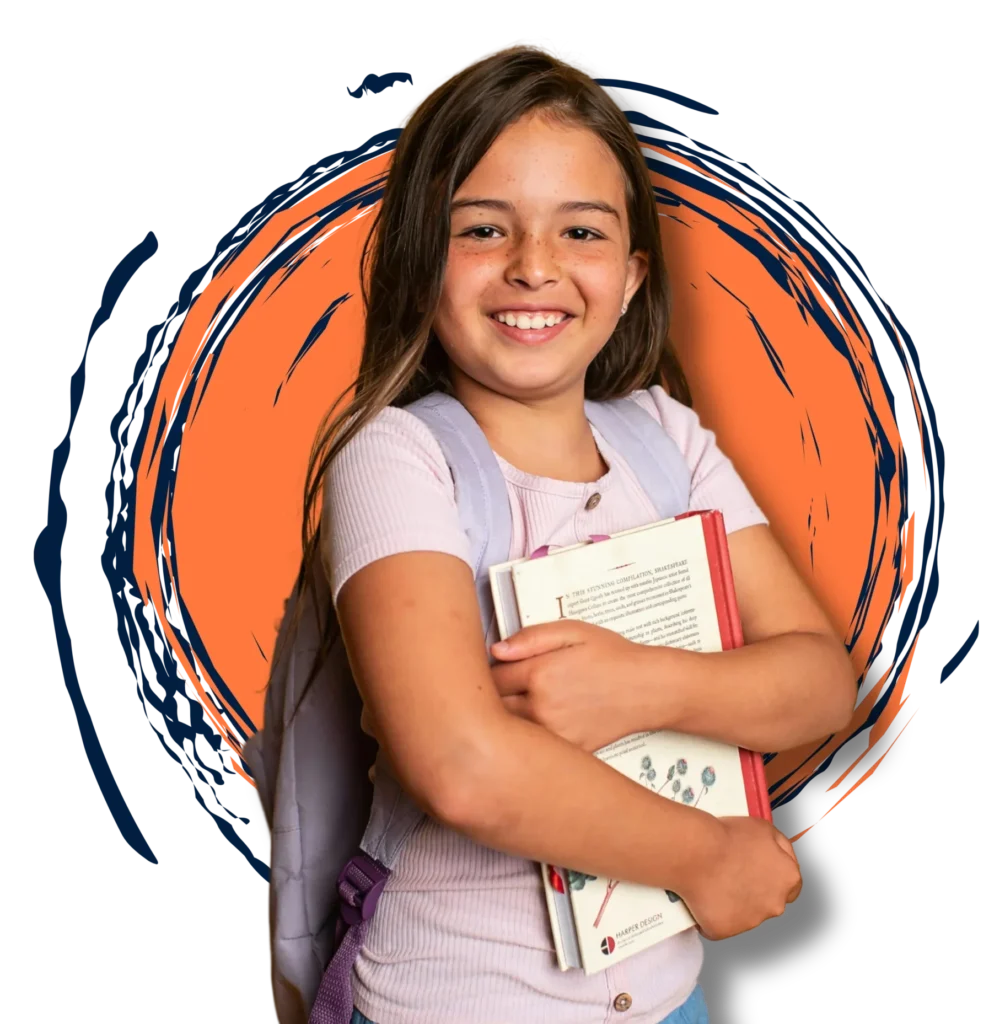
Question:35. What substances is the nucleolus made?
Answer: Nucleous is made up off: Somes, RNA(Ribonucleic Acid), and Proteins.
Question: 36. What is the difference between rough and smooth endoplasmic reticulum?
Answer:
| RER | SER |
|---|---|
| Synthesis | Lipid synthesis |
| Storage of proteins made in ribosomes. | In the conduction of the contraction stimulus. |
Question:37. What are the plastids in plant cells and give any reason for function in plant cells?
Answer: Plastids are organelle of having a double layer in plant cells for the processes of photosynthesis(especially in eukaryotic cells) and food storage.
Question: 38. What are vacuoles ?
Answer: Vacuoles are larger and solid filled and fluid filled, bounded by membrane spaces which act as a kind of storage sacs. They have clear spaces with water or other substances in solution with non- living structures.
Question: 39. What is the function of vacuoles?
Answer: Vacuole helps in storage of food, pigments, water, and other waste substances or essential substances in certain amounts. They give turgidity in a cell.
Question: 40. What are ribosomes?
Answer: Ribosomes are spherical, small sized particles or granules, either within the cytoplasm or on the external of ER.
Question: 41. Where are cells long and cylindrical?
Answer: Skeletal muscle
Question: 42. What is the collenchyma in a cell? With diagrams.
Answer: These cells provide the additional support in a cell to grow in vacant spaces such as in shoots and leaves. It is an elongated and thickened wall of cells of compounds of cellulose and pectin.

Question: 43. Draw a diagram of the cell.
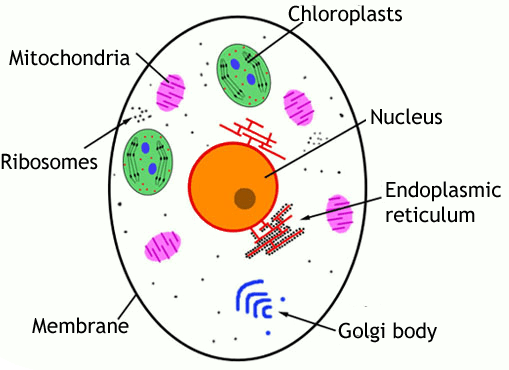
Question: 44. Demonstrate the amoeba’s diagram.
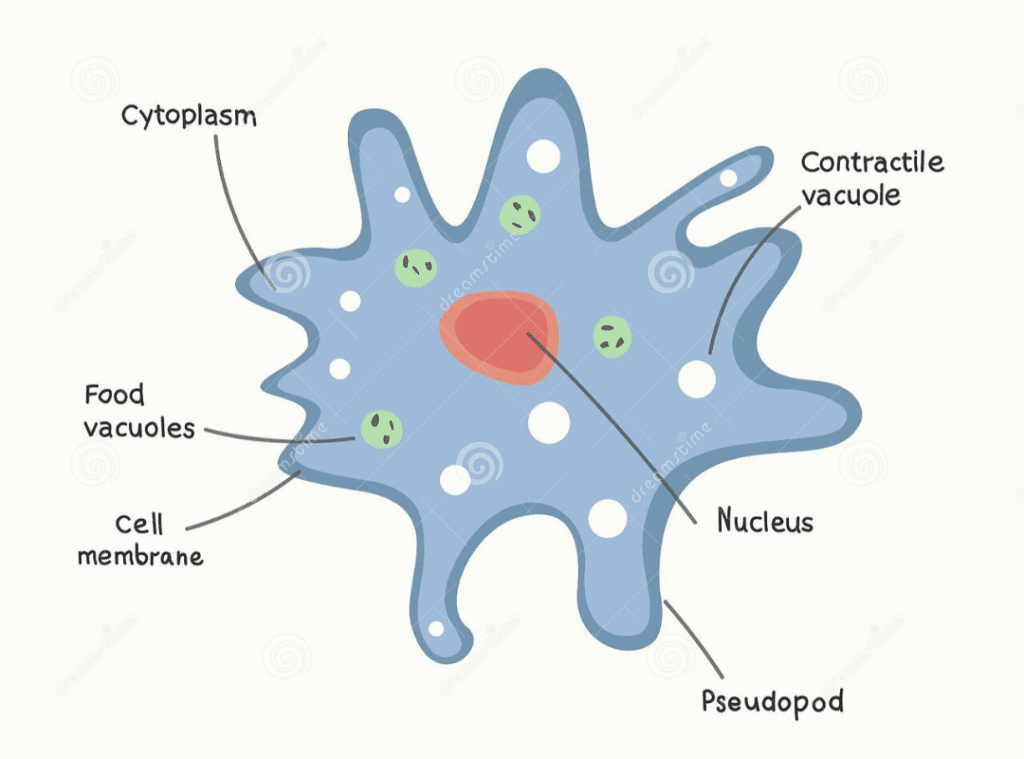
Question: 45. Describe with a diagram plant and animal cell with their similar and dissimilar organelles.
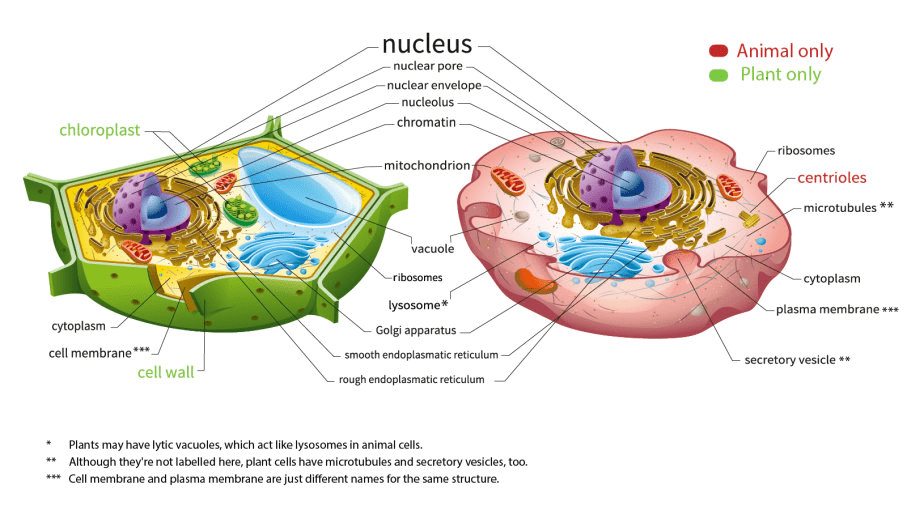
Question: 45. Describe with a diagram plant and animal cell with their similar and dissimilar organelles.
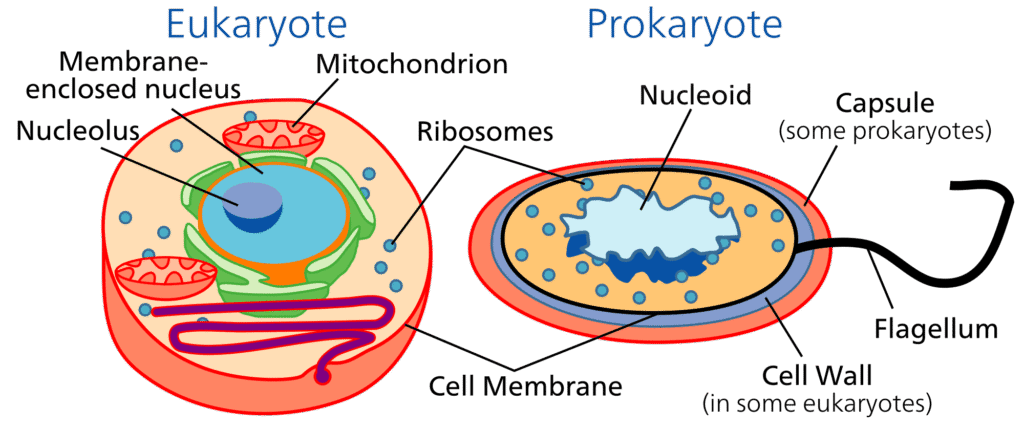
Question: 47. Draw a diagram of a plant cell.
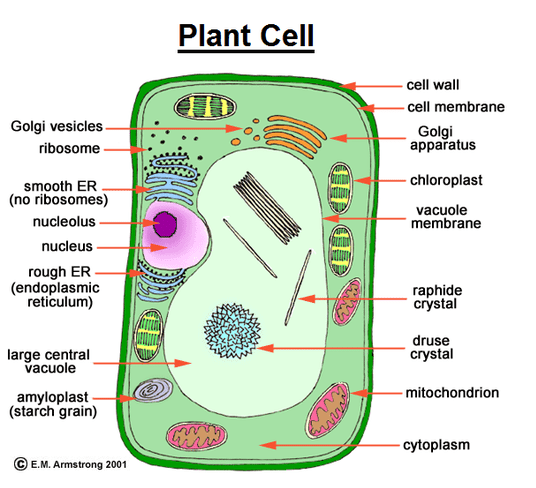
Question: 48. Describe a diagram of animal cells.
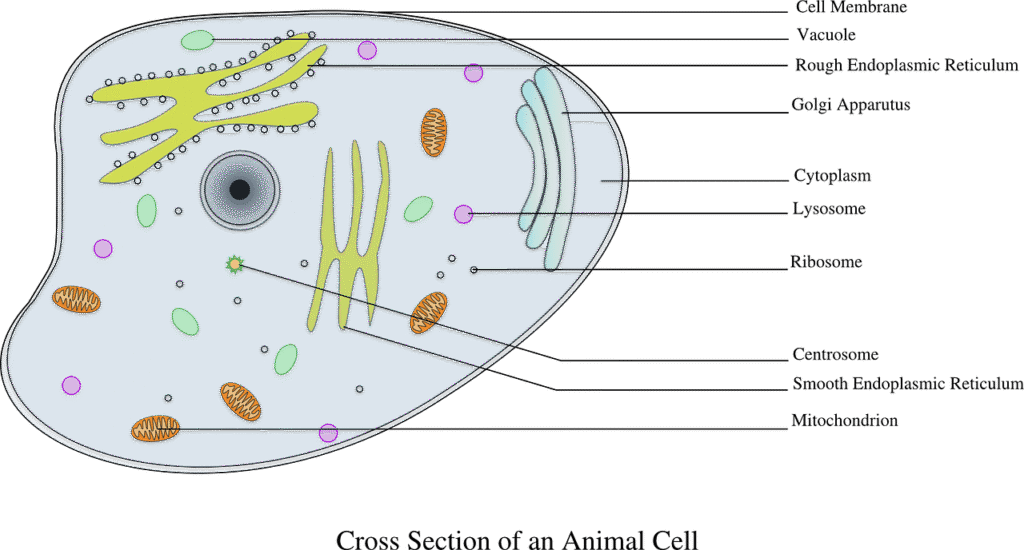
Question: 49. Draw a diagram of a paramecium cell.
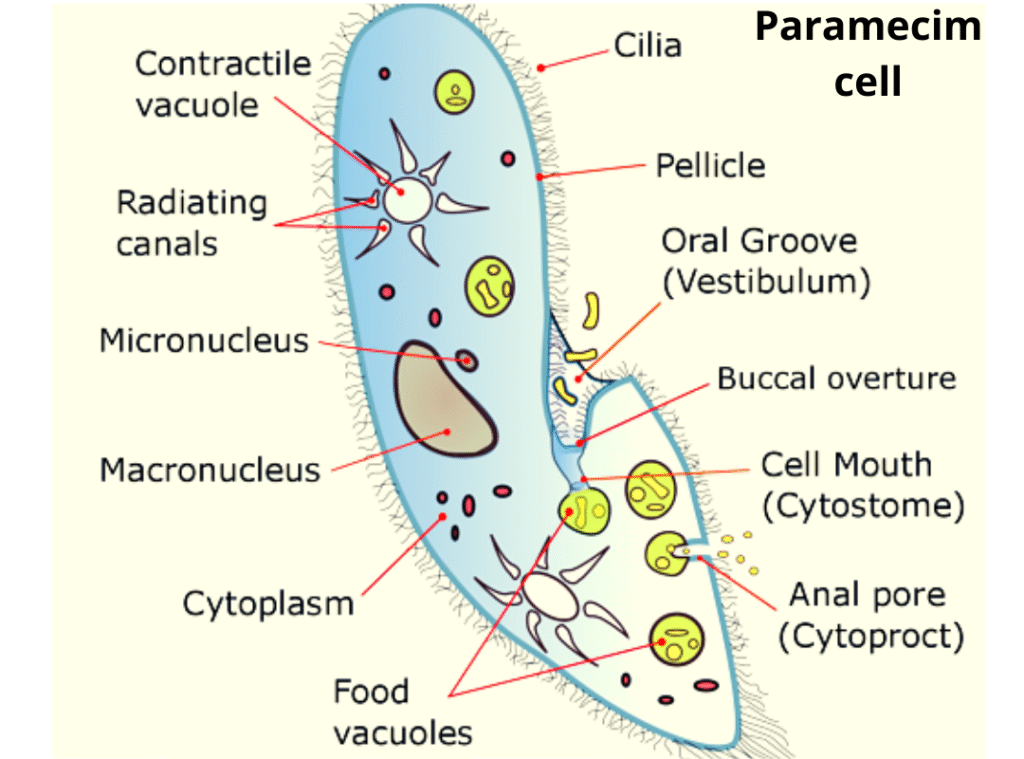
Question: 50. How do CO2 and H2O come and go out of the cell?
Answer: CO 2 by the diffusion process and water moves by the osmosis process goes in the direction of concentration of low from the high concentration.
Like? Share it with your friends
-
Facebook
-
Twitter
-
Linkedin
-
Whatsapp
-
Reddit
Recent Posts
Quran Tajweed Online Learning
Top 50 Questions of Plant and Animal
Top 50 Questions of Carbon and its
What is the Importance of Algebra in
